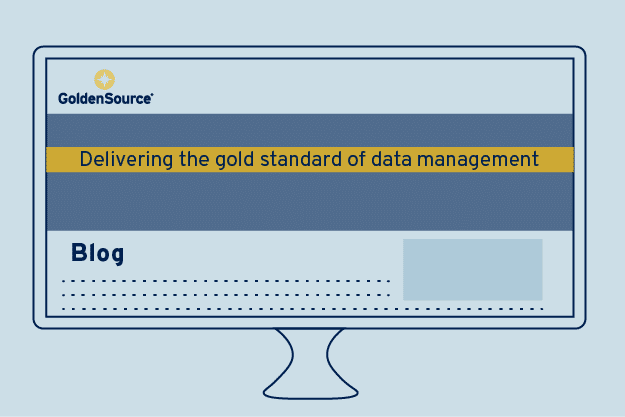Manual reminders. Consulting external websites. Receiving files overnight. Checking discrepancies. Manually keying in changes. Alerting compliance. Sounds like data management practices from about 20 years ago, right? Not so. In fact, this does still describe the typical approach to managing counterparty data.
Typical approach to managing counterparty data
Clearly there aren’t the same number of feeds for client and counterparty data as there are for security data, nor does the information change so frequently. Yet the difficulty firms had in understanding their counterparty exposure was one of the most damaging aspects of the financial crisis, and the quality of such data has been raised as a concern by the Senior Supervisors Group in a progress report to the Financial Stability Board.
Now, both on the supply and the demand side, firms are beginning to recognise the benefits of implementing a feed-based ‘push’ system for entity data. And the development of services like web-based APIs, which support faster access to legal entity data, will further streamline the process.
The efficiency argument for displacing manual systems needs hardly be repeated.
The risk of manual processes over automated ones is also well understood, though arguably most pertinent in this case is the risk associated with timeliness. For example, when there are changes to a foreign financial institution’s FATCA status, having this proactively pushed to the systems which need it for reporting and withholding purposes proves invaluable, especially compared to the alternative of discovering (or uncovering) a material change after the fact.
Managing counterparty data & LEI.
The securities world has long had to deal with mergers, acquisitions, demergers and divestments from a corporate actions perspective, and the resulting impact on listings and prices. Corporate M&A activity will also necessitate LEI updates, which in turn will affect OTC derivatives reporting under EMIR, trading activities as dictated by MiFID 2, and risk data aggregation and risk management practices per the principles of BCBS 239.
LEI maintenance must be timely, and any LEI updates and changes must be made known to the appropriate systems across a financial institution,. In turn it must trigger appropriate workflows that might involve Compliance, Operational and Risk departments to proactively manage such events.
The need for timely LEI maintenance updates has triggered investment from data vendors anxious to capture them, incorporate them into their data feeds, and push this data to financial institutions within a consolidated entity data set. This investment has led to the development of web-based APIs that allow firms to update legal entity information in near real time. The alternative involves duplicated effort across business areas, and mistakes could lead to extensive compliance and risk issues.
We’ve seen the impact this approach can have first-hand with our clients.
Even in organisations where there is still work to do on unifying entity data, managing client and counterparty data in this way can deliver major advantages to the Credit Risk, Account Management, Onboarding, and even Trading, teams. Those that combine this push approach with a single, centralised entity master, will enjoy improved data quality, more streamlined operations, increased auditability and accelerated client on-boarding.
Contact us to learn more

